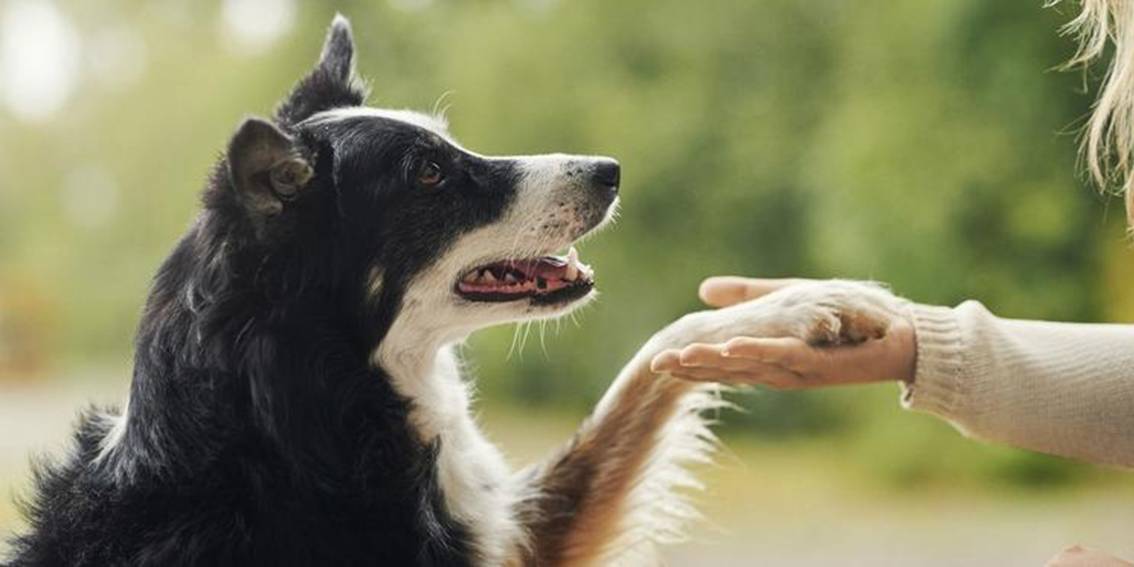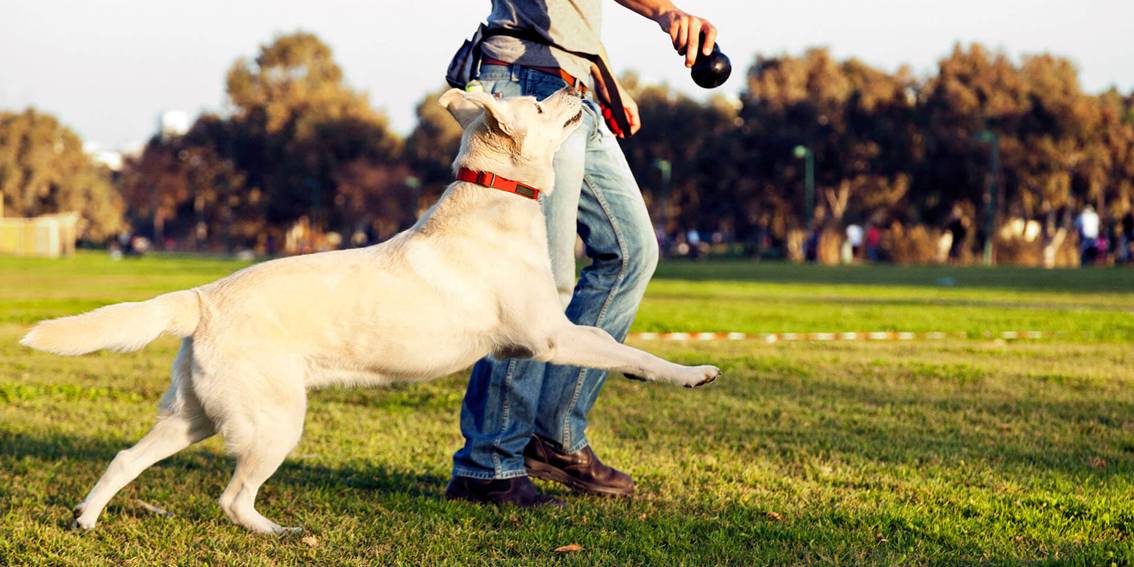Knowing your dog: How Well You Know Your Dog
Knowing your dog deeply strengthens your bond and safeguards their health. True understanding goes beyond recognizing their breed. It means learning their unique personality and subtle cues. This knowledge helps you provide better care and catch problems early.
Learn Their Baseline Normal
Every dog has a personal “normal.” You should know their regular energy levels. Understand their typical appetite and water consumption. Note their usual sleeping patterns and favourite spots. Recognize their standard bathroom habits. This baseline is you’ re most important tool for spotting changes that signal illness or stress.

Decode Their Body Language
A dog’s tail tells a story. A high, stiff wag can mean alertness or tension. A low, relaxed wag often shows happiness. Watch their ears; forward ears mean interest, while pinned-back ears can signal fear. Pay attention to their eyes and overall posture. A crouched body with a tucked tail indicates anxiety. Learning these signs helps you understand their emotional state.
Recognize Their Vocalizations
Dogs use different sounds to communicate. A happy bark for greetings sounds different from an alarmed bark at a stranger. Whining can express excitement, anxiety, or a need for something. Learn the specific meaning behind your dog’s unique noises. This helps you respond appropriately to their wants and needs.
Identify Their Social Preferences
Not every dog is a social butterfly. Some love meeting new people and dogs. Others feel shy or nervous in crowds. Know your dog’s comfort level. Do not force interactions that cause them stress. Respecting their personality prevents fear and builds their confidence.
Discover Their Favourite Things
What truly makes your dog happy? Learn their preferred play style—do they love fetch, tug, or chase? Discover their favourite walking routes and sniffing spots. Know which treats they will work hardest to earn. Understanding their joys allows you to enrich their life every day.
Notice Their Stress Signals
Dogs often show subtle signs of anxiety. Common signals include yawning, lip-licking, and shaking off when not wet. They might pace, pant excessively, or avoid eye contact. Knowing your dog’s specific stress behaviours allows you to remove them from uncomfortable situations. This protects their mental well-being.
Understand Their Quirks
Every dog has funny little habits. Perhaps they always zoomie after a bath. Maybe they must circle three times before lying down. They might have a specific toy they carry everywhere. Celebrate these unique behaviours. They are part of what makes your dog your best friend.
Knowing your dog is a continuous journey. Pay close attention every day. The deeper you’re understanding, the stronger your partnership becomes. This connection ensures you can provide a life that is not just long, but truly happy and fulfilling for them.



